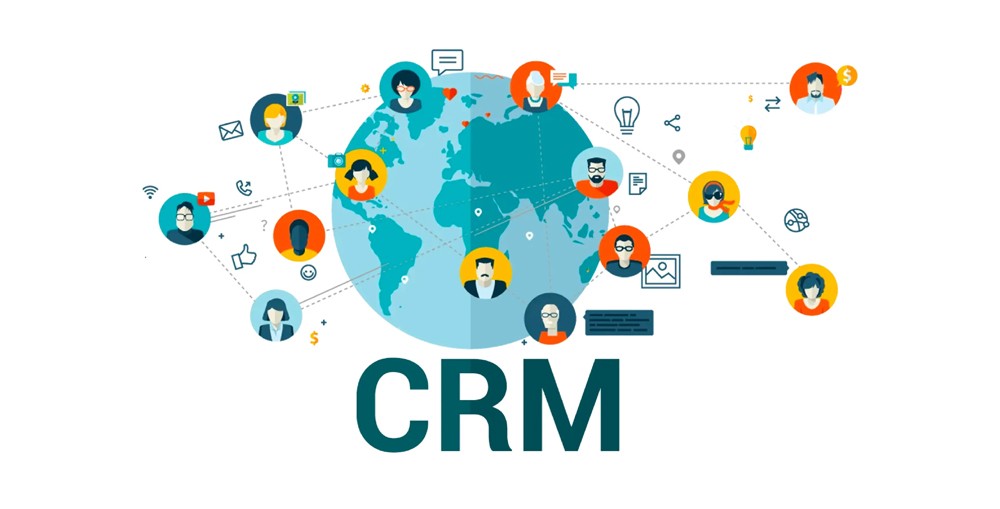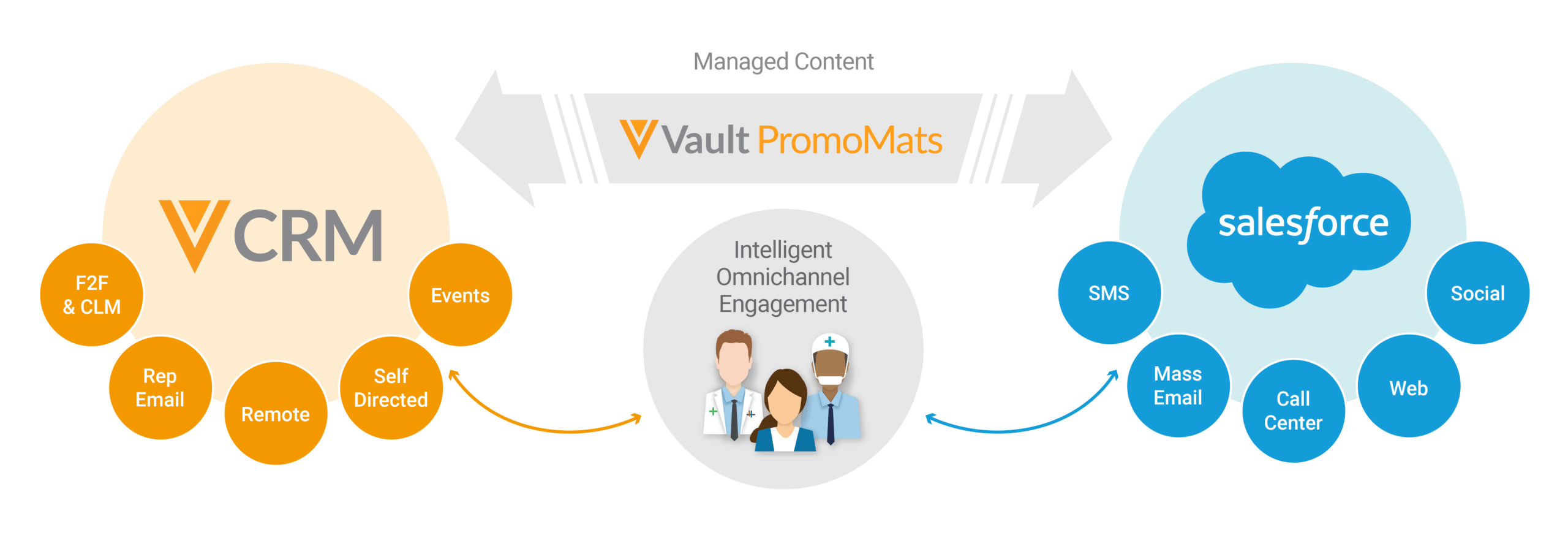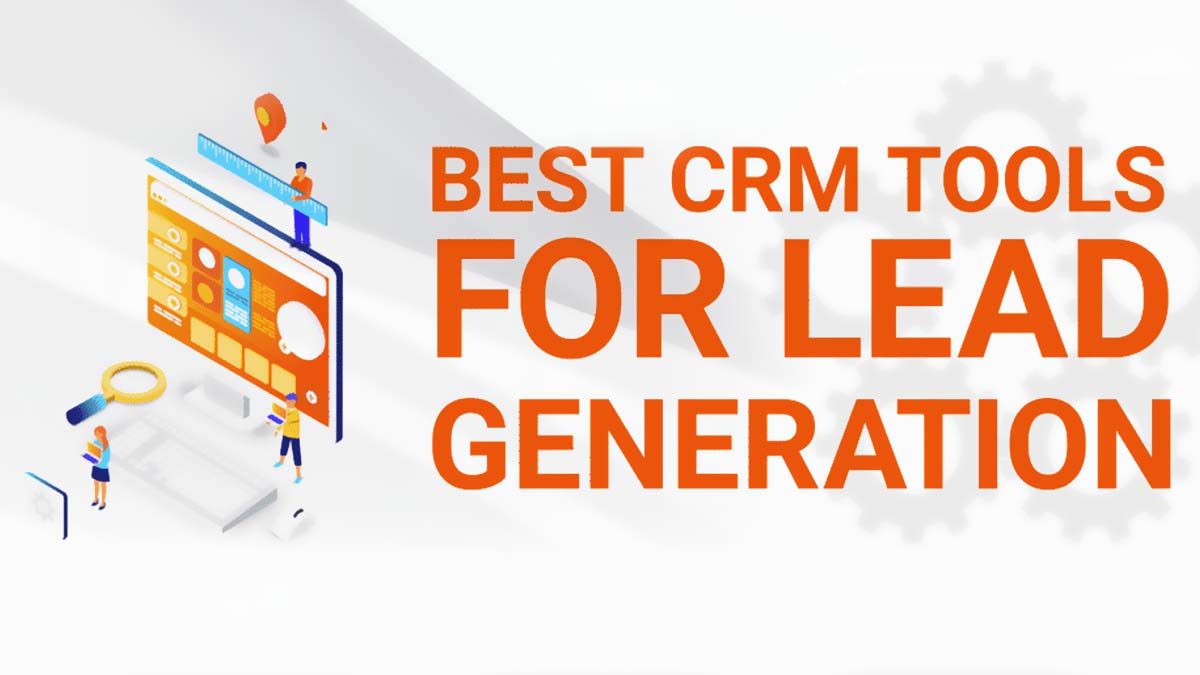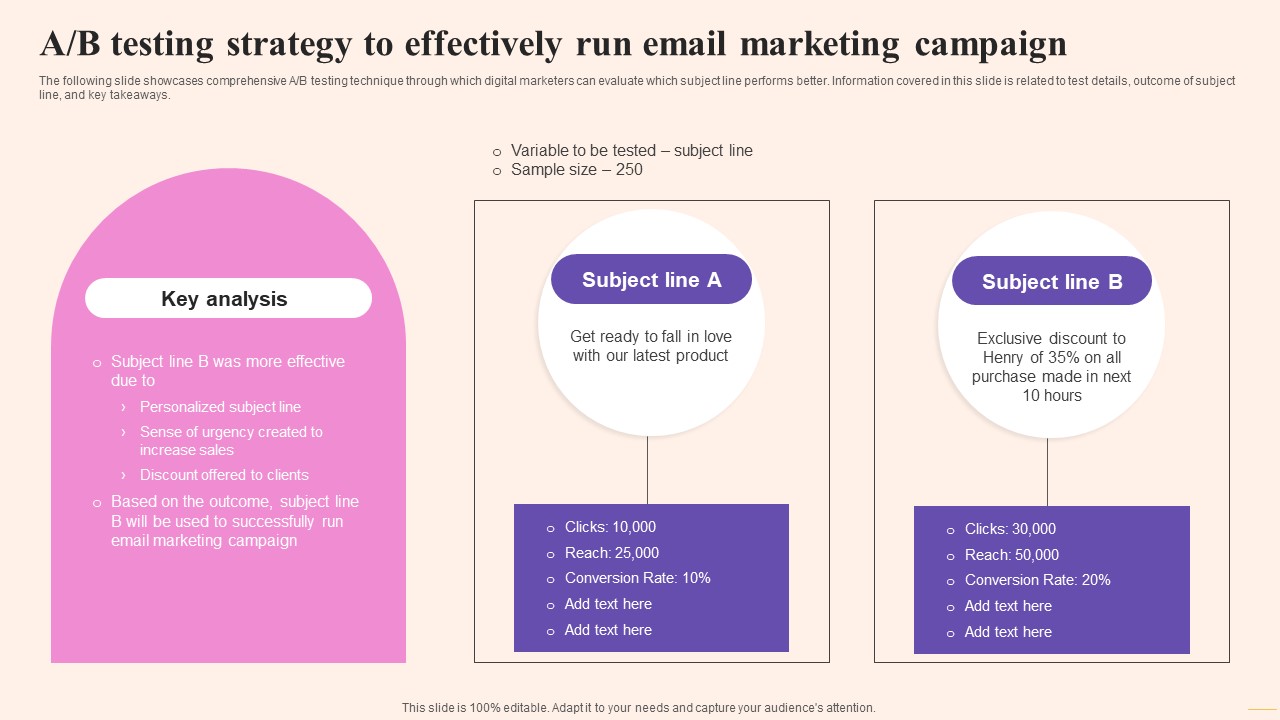Unlocking Growth: How CRM, Marketing, and Customer Feedback Forge a Powerful Partnership

Unlocking Growth: How CRM, Marketing, and Customer Feedback Forge a Powerful Partnership
In today’s hyper-competitive business environment, understanding your customers isn’t just advantageous; it’s absolutely crucial. It’s the bedrock upon which successful companies are built. And at the heart of that understanding lies a powerful synergy: the integration of Customer Relationship Management (CRM) systems, strategic marketing initiatives, and proactive customer feedback mechanisms. This article delves deep into this dynamic trio, exploring how they intertwine to drive growth, enhance customer loyalty, and ultimately, boost your bottom line.
The Core Components: CRM, Marketing, and Customer Feedback
Before we dive into the intricate dance between these elements, let’s establish a clear understanding of each component.
Customer Relationship Management (CRM)
At its core, a CRM system is a technological marvel designed to manage and analyze customer interactions and data throughout the customer lifecycle. Think of it as the central nervous system of your customer relations. It houses everything from initial contact information to purchase history, support interactions, and even social media engagement. A well-implemented CRM system provides a 360-degree view of each customer, empowering businesses to personalize interactions, anticipate needs, and provide exceptional service. This, in turn, fosters stronger relationships and increases customer lifetime value.
Key functionalities of a CRM system include:
- Contact Management: Storing and organizing customer contact details, including names, addresses, phone numbers, and email addresses.
- Lead Management: Tracking and nurturing potential customers through the sales pipeline.
- Sales Automation: Automating repetitive sales tasks, such as email follow-ups and appointment scheduling.
- Marketing Automation: Integrating marketing campaigns with customer data to personalize messaging and improve targeting.
- Customer Service and Support: Providing a centralized platform for managing customer inquiries, resolving issues, and tracking support interactions.
- Reporting and Analytics: Generating insights into customer behavior, sales performance, and marketing effectiveness.
Marketing Strategies
Marketing is the art and science of reaching and engaging your target audience. It encompasses a wide array of activities, from advertising and content creation to social media management and email marketing. Effective marketing strategies are data-driven, customer-centric, and designed to generate leads, build brand awareness, and ultimately, drive sales. The modern marketer leverages various channels to connect with potential customers, tailoring their messaging to resonate with specific segments of the audience. This includes using digital marketing tools like SEO and PPC, social media, content marketing, and email marketing.
Key elements of a successful marketing strategy include:
- Target Audience Definition: Identifying and understanding the demographics, psychographics, and behaviors of your ideal customers.
- Market Research: Gathering data and insights about your target market, competitors, and industry trends.
- Brand Positioning: Defining your brand’s unique value proposition and how it differentiates you from competitors.
- Content Marketing: Creating valuable and engaging content, such as blog posts, videos, and infographics, to attract and educate your target audience.
- Social Media Marketing: Building a presence on social media platforms to connect with your audience, share content, and run targeted advertising campaigns.
- Email Marketing: Building an email list and sending targeted email campaigns to nurture leads and promote products or services.
- Advertising: Running paid advertising campaigns on platforms like Google Ads and social media to reach a wider audience.
Customer Feedback Mechanisms
Customer feedback is the lifeblood of any customer-centric business. It’s the direct input from your customers about their experiences with your products, services, and overall brand. Gathering and analyzing customer feedback allows you to identify areas for improvement, understand customer needs and preferences, and make data-driven decisions. This can be achieved through various methods, including surveys, reviews, social media monitoring, and direct conversations. The more you listen to your customers, the better you can tailor your offerings to meet their evolving needs and expectations.
Common methods for collecting customer feedback include:
- Surveys: Sending questionnaires to customers to gather their opinions and feedback on specific products, services, or experiences.
- Reviews and Ratings: Monitoring online reviews and ratings on platforms like Google, Yelp, and industry-specific websites.
- Social Media Monitoring: Tracking mentions of your brand and products on social media to identify positive and negative feedback.
- Customer Support Interactions: Analyzing customer support tickets and interactions to identify common issues and areas for improvement.
- Focus Groups: Conducting focus groups to gather in-depth feedback from a small group of customers.
- Net Promoter Score (NPS): Measuring customer loyalty and willingness to recommend your brand.
The Synergy: How They Work Together
The true power lies in how these three components converge. When CRM, marketing, and customer feedback are integrated, they create a virtuous cycle of continuous improvement. Here’s how it works:
- CRM as the Data Hub: The CRM system serves as the central repository for all customer data. It houses the information gathered from marketing campaigns, customer interactions, and feedback mechanisms.
- Marketing Informed by CRM: Marketing teams leverage the data within the CRM to segment their audience, personalize their messaging, and target their campaigns more effectively. For instance, if the CRM reveals that a customer has a history of purchasing a specific product, the marketing team can send targeted email campaigns promoting related products or services.
- Customer Feedback Fuels CRM: Customer feedback, gathered through surveys, reviews, and other channels, is fed back into the CRM. This feedback enriches the customer profiles and provides valuable insights into customer satisfaction, pain points, and preferences.
- Feedback Drives Marketing Refinement: Marketing teams use customer feedback to refine their strategies. They might identify areas where their messaging isn’t resonating with customers, or they might discover new product features that customers are requesting.
- CRM Supports Customer Service: The CRM system provides customer service teams with a complete view of each customer’s history, allowing them to provide personalized and efficient support. This improves customer satisfaction and builds loyalty.
This interconnectedness creates a powerful feedback loop. Marketing campaigns generate leads, which are tracked in the CRM. Customer interactions and feedback within the CRM inform marketing strategies, which in turn generate more leads. This continuous cycle of data collection, analysis, and action is what drives sustainable growth and a superior customer experience.
Benefits of Integrating CRM, Marketing, and Customer Feedback
The benefits of this integrated approach are numerous and far-reaching. Here are some of the key advantages:
- Improved Customer Satisfaction: By understanding customer needs and preferences, businesses can tailor their products, services, and interactions to meet those needs, resulting in higher satisfaction levels.
- Increased Customer Loyalty: Satisfied customers are more likely to become loyal customers. Personalized interactions, proactive support, and a consistently positive experience build strong customer relationships.
- Enhanced Customer Lifetime Value: Loyal customers spend more over time. By retaining customers and encouraging repeat purchases, businesses can significantly increase customer lifetime value.
- More Effective Marketing Campaigns: Data-driven marketing campaigns are more targeted and personalized, leading to higher conversion rates and a better return on investment (ROI).
- Increased Sales and Revenue: By attracting and retaining customers, businesses can generate more sales and revenue.
- Improved Operational Efficiency: Automating tasks and streamlining processes through CRM and marketing automation tools can free up employees to focus on higher-value activities.
- Better Decision-Making: Data-driven insights from the CRM and customer feedback mechanisms enable businesses to make more informed decisions about product development, marketing strategies, and customer service.
- Stronger Brand Reputation: Providing excellent customer service and consistently exceeding customer expectations builds a positive brand reputation, which can attract new customers and foster customer loyalty.
Implementing the Integrated Approach: A Step-by-Step Guide
Successfully integrating CRM, marketing, and customer feedback requires a strategic approach. Here’s a step-by-step guide to help you get started:
- Define Your Goals: Before you begin, clearly define your goals and objectives. What do you hope to achieve by integrating these three components? Do you want to improve customer satisfaction, increase sales, or enhance customer loyalty?
- Choose the Right CRM and Marketing Tools: Select CRM and marketing automation tools that meet your specific needs and budget. Consider factors such as scalability, ease of use, and integration capabilities. Some popular CRM platforms include Salesforce, HubSpot, and Zoho CRM. Marketing automation platforms include Marketo, Pardot, and ActiveCampaign.
- Integrate Your Systems: Integrate your CRM and marketing automation tools to ensure that data flows seamlessly between them. This may involve using built-in integrations, third-party connectors, or custom integrations.
- Gather Customer Data: Collect customer data from various sources, including your website, social media, email campaigns, and customer interactions. Make sure you comply with all relevant data privacy regulations, such as GDPR and CCPA.
- Segment Your Audience: Segment your customer base based on demographics, behaviors, and preferences. This will allow you to personalize your messaging and target your campaigns more effectively.
- Personalize Your Marketing Campaigns: Use the data in your CRM to personalize your marketing campaigns. This could include sending targeted emails, creating personalized website content, and tailoring your advertising campaigns.
- Implement Customer Feedback Mechanisms: Implement customer feedback mechanisms, such as surveys, reviews, and social media monitoring, to gather feedback from your customers.
- Analyze Customer Feedback: Analyze the customer feedback you collect to identify areas for improvement and understand customer needs and preferences.
- Refine Your Strategies: Use the insights you gain from customer feedback and data analysis to refine your marketing strategies, improve your customer service, and optimize your overall customer experience.
- Train Your Team: Train your employees on how to use the CRM and marketing automation tools, and how to collect and analyze customer feedback.
- Monitor and Measure Your Results: Continuously monitor and measure your results to track your progress and identify areas for improvement. Use key performance indicators (KPIs) such as customer satisfaction scores, customer lifetime value, and conversion rates.
Key Metrics to Track
To measure the success of your integrated approach, it’s crucial to track key metrics. Here are some important KPIs to consider:
- Customer Satisfaction Score (CSAT): Measures customer satisfaction with specific interactions or experiences.
- Net Promoter Score (NPS): Measures customer loyalty and willingness to recommend your brand.
- Customer Lifetime Value (CLTV): Predicts the total revenue a customer will generate over their relationship with your business.
- Conversion Rates: Measures the percentage of leads that convert into customers.
- Customer Acquisition Cost (CAC): Measures the cost of acquiring a new customer.
- Churn Rate: Measures the percentage of customers who stop doing business with your company.
- Website Traffic and Engagement: Measures the number of visitors to your website and how they interact with your content.
- Social Media Engagement: Measures the level of interaction your audience has with your social media content.
- Sales Revenue: Tracks the overall sales revenue generated.
- Return on Investment (ROI): Measures the profitability of your marketing campaigns.
Overcoming Challenges
While the benefits of integrating CRM, marketing, and customer feedback are significant, businesses may encounter certain challenges during the implementation process. Here are some common hurdles and how to overcome them:
- Data Silos: Data silos occur when customer data is stored in separate systems and not shared. To overcome this, integrate your CRM, marketing automation, and customer feedback tools to create a centralized data hub.
- Lack of Integration: Integrating different systems can be complex. Use built-in integrations, third-party connectors, or custom integrations to ensure that data flows seamlessly between your tools.
- Poor Data Quality: Inaccurate or incomplete data can undermine your efforts. Implement data cleansing processes and regularly update your customer data to ensure its accuracy.
- Resistance to Change: Employees may resist adopting new tools or processes. Provide adequate training and support to ensure a smooth transition. Communicate the benefits of the integrated approach to gain buy-in.
- Lack of Resources: Implementing an integrated approach requires resources, including time, money, and personnel. Prioritize your efforts and allocate resources effectively.
- Difficulty Analyzing Data: Analyzing customer data can be complex. Invest in data analytics tools and training to help you extract meaningful insights from your data.
- Data Privacy Concerns: Comply with all relevant data privacy regulations, such as GDPR and CCPA. Implement data security measures to protect customer data.
Future Trends in CRM, Marketing, and Customer Feedback
The landscape of CRM, marketing, and customer feedback is constantly evolving. Here are some emerging trends to watch:
- Artificial Intelligence (AI) and Machine Learning (ML): AI and ML are being used to automate tasks, personalize customer experiences, and predict customer behavior.
- Hyper-Personalization: Businesses are using data to deliver highly personalized experiences to individual customers.
- Omnichannel Marketing: Businesses are engaging with customers across multiple channels, such as email, social media, and mobile apps, to create a seamless customer experience.
- Customer Data Platforms (CDPs): CDPs are emerging as a central hub for collecting and managing customer data from various sources.
- Voice of the Customer (VoC) Programs: Businesses are implementing VoC programs to gather and analyze customer feedback across all touchpoints.
- Focus on Privacy: With growing concerns about data privacy, businesses are focusing on data security and transparency.
- The Rise of Conversational Marketing: Chatbots and other conversational tools are being used to engage with customers in real-time.
Conclusion: The Power of Synergy
In conclusion, the integration of CRM, marketing strategies, and customer feedback mechanisms is a powerful force for growth and success. By leveraging these three components, businesses can gain a deeper understanding of their customers, personalize their interactions, improve customer satisfaction, and drive sustainable growth. The journey toward this integrated approach requires a strategic vision, the right tools, and a commitment to continuous improvement. By embracing this synergy, businesses can unlock their full potential and thrive in today’s competitive landscape. Remember, it’s not just about collecting data; it’s about using that data to build meaningful relationships, create exceptional customer experiences, and ultimately, achieve lasting success.




